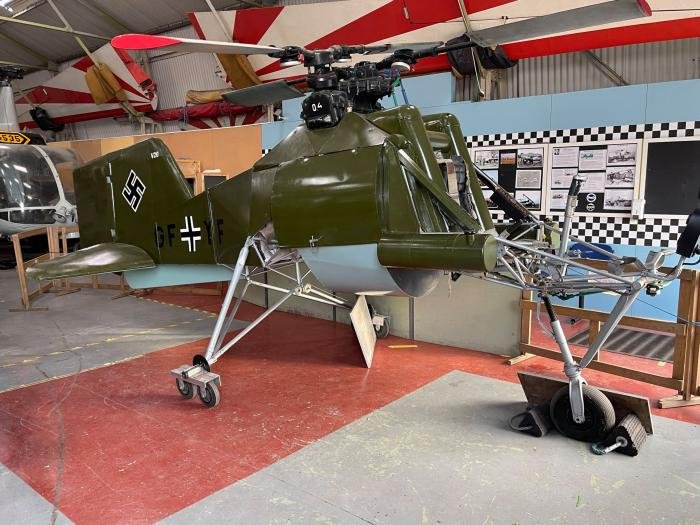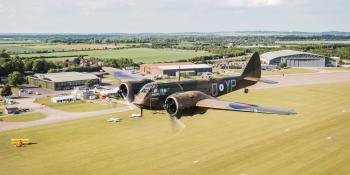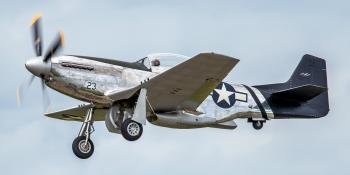
Twenty-five years after initial restoration work began, the world’s only surviving Flettner Fl 282 Kolibri, Fl 282 V-10 Werknummer 28368, is nearing completion at the Midland Air Museum on the edge of Coventry’s Baginton Airport. Work has sped up rapidly over the past four years, with 94-year-old No 605 Squadron veteran Gordon Talbot and Mark Lilly focused on the project. Barry James, curator at the museum says, “We originally got the Flettner from the Cranfield Institute of Technology in the early 1970s, but it then spent several years in storage at the National Agricultural Centre at Stoneleigh. It didn’t come with an engine, but we managed to source one from the USA. The instruments had also disappeared, but we have had them 3D-printed and the instrument panel is now in place.”
With the machine externally complete and painted, the seven-cylinder, 160hp Siemens-Halske Sh 14 radial engine is currently being worked on, and will be fitted in the centre fuselage behind the cockpit before the intermeshing-rotor helicopter goes on show during 2023.
Following the type’s first flight on 30 October 1941, a total of 30 prototypes and 15 pre-production examples of the Fl 282 — named Kolibri, meaning hummingbird — are thought to have been built. The German air ministry then gave BMW a contract for the manufacture of 1,000 of the welded-steel tube machines, which had detachable sheet metal panels around the engine bay and fabric covering of the fuselage and tail.
The BMW plant in Munich was only able to build 24 Fl 282s for the Kriegsmarine and Luftwaffe before the factory was obliterated by Allied bombing. A small number flew operationally from atop gun turrets on Kriegsmarine vessels in the Baltic, Mediterranean and north Aegean on reconnaissance and light transport duties, becoming the first helicopters to see front-line military service. Two were delivered to the Luftwaffe’s only operational helicopter squadron, Transportstaffel 40 at Mühldorf, Bavaria, and were captured by US forces, one being sent to Wright Field in Dayton, Ohio for testing. Two were despatched from Rangsdorf, north-east Germany where it is thought they saw very limited use as artillery spotters, one going to the Soviet Union and the other, 28368, to the UK. The latter is now the only one left, its survival down to the many years of useful service as an instructional airframe at Cranfield.
Post-war the designer, Anton Flettner, went to work for Kaman Aircraft in the USA. Britain’s only example of Kaman’s best-known intermeshing-rotor helicopter, former US Air Force HH-43B Huskie 62-4538, is also approaching the end of its restoration in the Midland Air Museum workshop.





